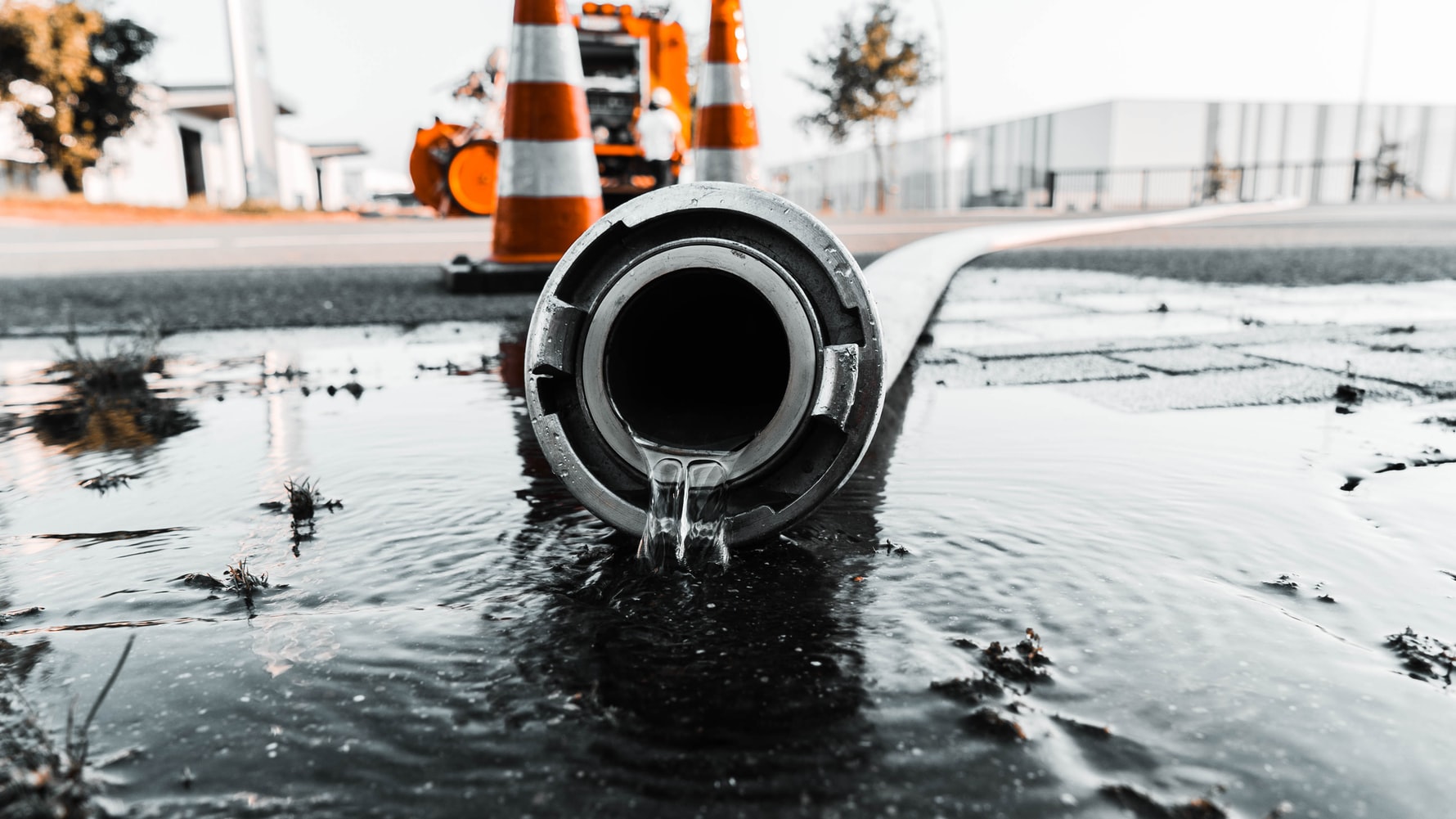Water, the essence of life, sustains our communities and fuels our economies. However, an alarming amount of this precious resource slips through the cracks. Non-Revenue Water (NRW), the water lost before it reaches our taps, poses a significant challenge for water utilities worldwide. NRW strains our water supply systems, drains valuable financial resources, and hinders sustainable water management.
It refers to unaccounted water in a water supply system before it reaches consumers. It represents the difference between the total volume of water put into the distribution network by the water utility and the volume of water billed to customers. NRW includes physical losses from leaks, bursts, unauthorized connections and apparent losses caused by inaccurate metering or billing errors.
Reducing Non-Revenue Water (NRW) is crucial for improving water utility efficiency and ensuring sustainable water management. Here are some effective strategies that water utilities can adopt to tackle non revenue water and enhance their overall efficiency:
Comprehensive Leak Detection and Repair
Implementing regular leak detection surveys using advanced technologies, such as acoustic sensors or drones, helps promptly identify leaks in the distribution network. Quickly repairing identified leaks prevents water loss, reduces NRW, and minimizes infrastructure damage.
Pressure Management
Proper pressure management in the distribution system is essential to prevent excessive water loss due to leaks and bursts. Utilities can extend the lifespan of pipes and fittings by maintaining optimal pressure levels and reducing the risk of water losses.
Upgrading Metering Infrastructure
Investing in accurate and modern metering infrastructure is crucial for precise measurement of water consumption. Advanced smart meters provide real-time data and help identify unauthorized connections, billing discrepancies, and areas of high water consumption.
Active District Metering Areas (DMA)
Dividing the distribution network into smaller, manageable District Metering Areas (DMA) allows utilities to monitor water flow and consumption more effectively. By identifying high-NRW areas within DMAs, utilities can target specific regions for improvement measures.
Community Engagement and Public Awareness
Educating the public about water conservation, reporting leaks, and responsible water usage can significantly reduce NRW. Public awareness campaigns encourage consumers to become stakeholders in water management, leading to more responsible water use.
Regular Maintenance and Asset Management
A proactive maintenance schedule and asset management system ensures that water infrastructure is regularly inspected and maintained. This practice prevents unexpected breakdowns and leaks, reducing NRW.
Data Analytics and Monitoring
Leveraging data analytics and real-time monitoring can provide valuable insights into the water distribution system’s performance. Utilities can use this data to optimize operations, identify trends, and respond promptly to anomalies that might indicate leaks or unauthorized usage.
Water Loss Audits and Performance Benchmarking
Regular water loss audits and comparing performance against industry benchmarks allow utilities to track progress and identify improvement areas. Benchmarking helps set realistic targets and evaluate the effectiveness of NRW reduction strategies.
Incentives and Performance-Based Contracts
Offering incentives to water utility staff or contractors based on NRW reduction performance can foster a culture of efficiency and accountability. Performance-based contracts with contractors may also encourage them to participate in NRW reduction efforts actively.
Collaboration and Knowledge Sharing
Water utilities can collaborate with other organizations, industry experts, and research institutions to share best practices and learn from successful NRW reduction initiatives. Knowledge exchange fosters innovation and accelerates NRW reduction efforts.
By combining these strategies and tailoring them to their specific context, water utilities can reduce NRW, improve water utility efficiency, and ensure a sustainable and reliable water supply for their communities.



